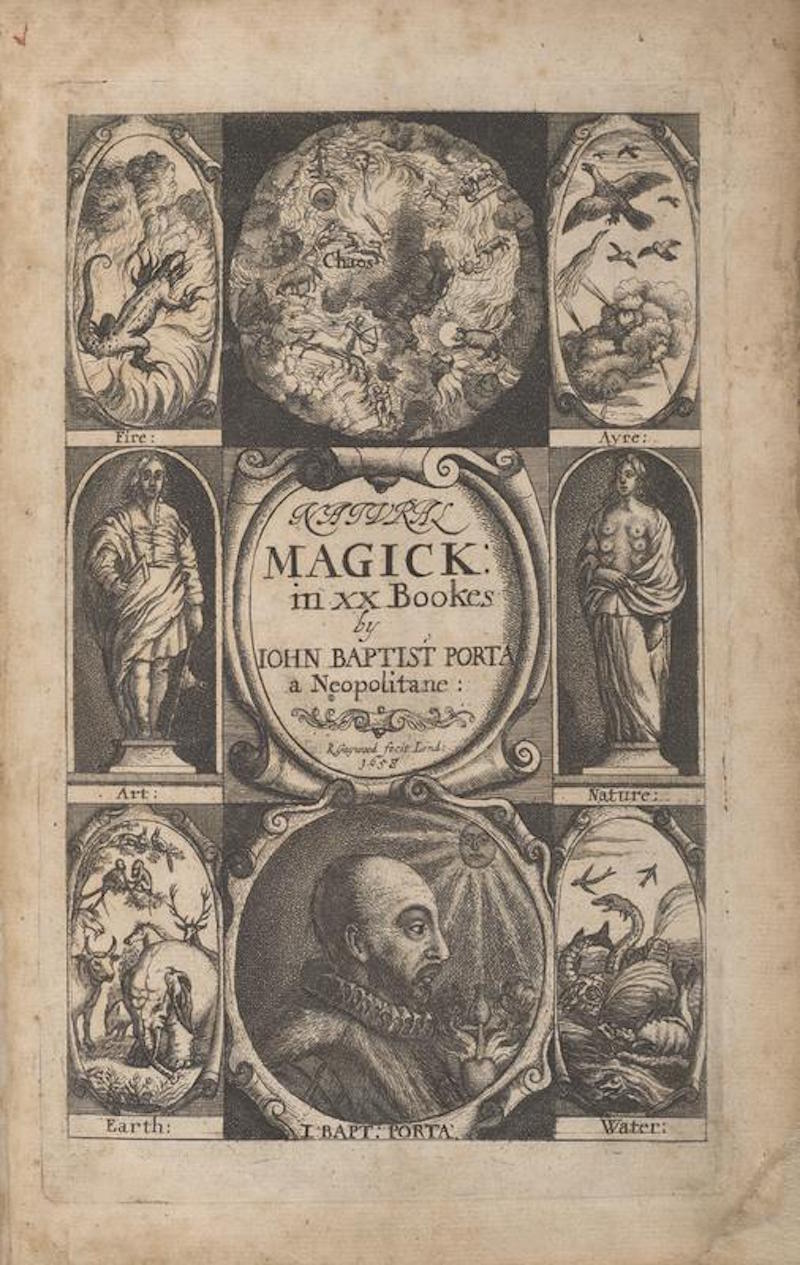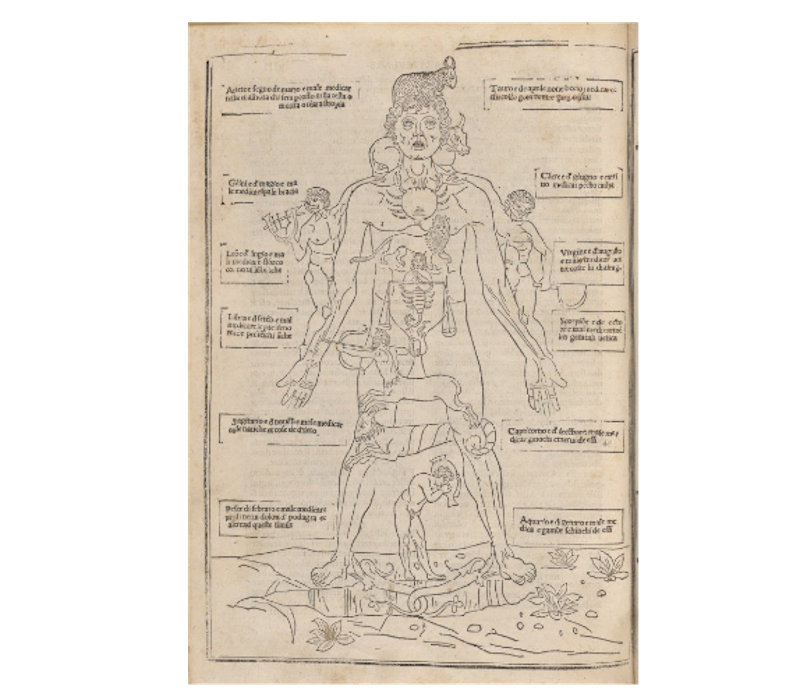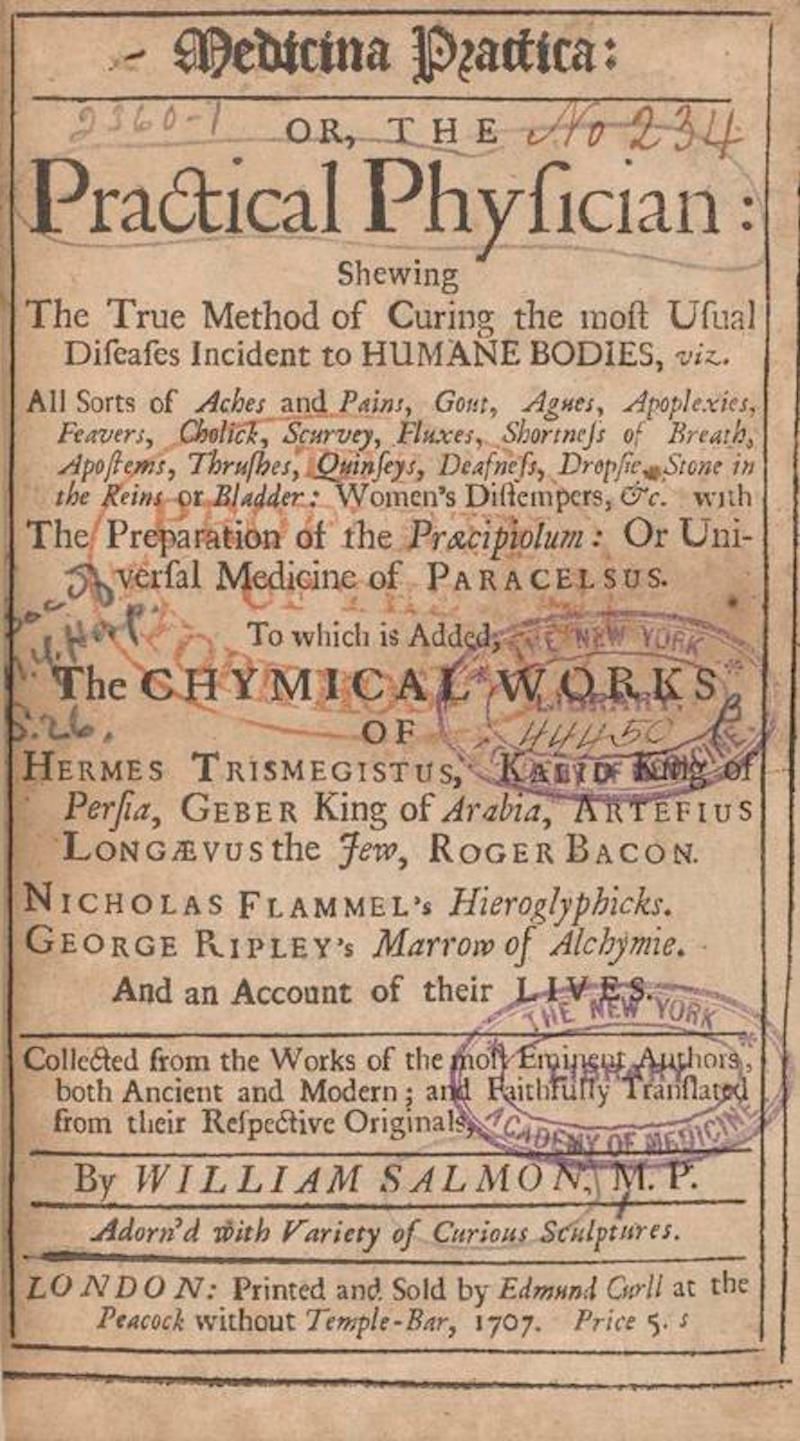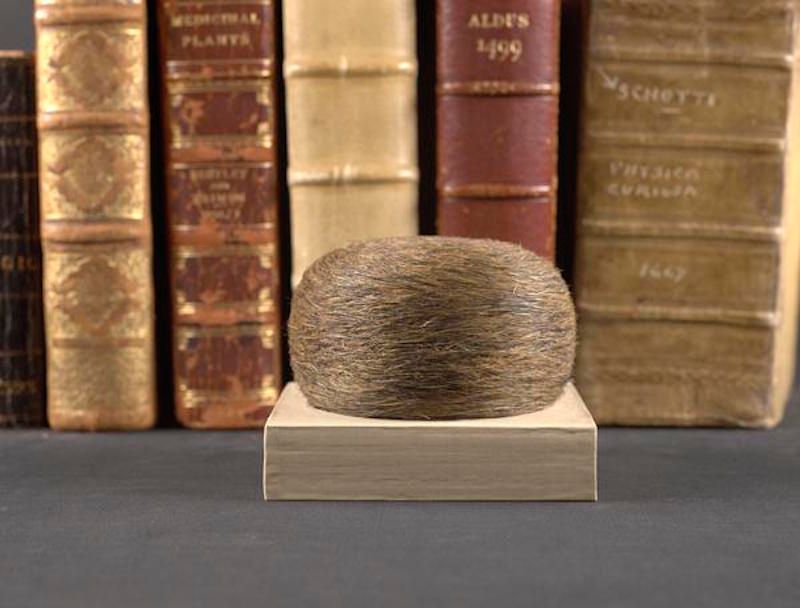How to See the Liberty Bell...in Queens
A copy of the famous American bell can be found inside a bank, which itself is modeled after Independence Hall!



Jean Bodin’s “Demonologie,” one of the most widely used 16th century witch-hunting manuals. Photo courtesy the New York Academy of Medicine Library Digital Collection
Attention, Hermiones of the world: The New York Academy of Medicine Library is releasing an exhibition called “How to Pass your O.W.L.s: at Hogwarts: a Prep Course,” a digitized collection of Harry Potter-related rare books, ephemera, and artifacts dating back to the 15th century. The books are organized on the collection’s website to resemble a study guide for a fifth-year Hogwarts student studying for their O.W.L. exams. The collection is launching just in time to celebrate the 20th anniversary of Harry Potter and the Philosopher’s Stone‘s first publication in England in 1997.

Italian naturalist Ulisse Aldrovandi’s basilisk, featured in an early reptile history book published in 1640 (and in Harry Potter and the Chamber of Secrets). Photo courtesy the New York Academy of Medicine Library Digital Collection
Curator Anne Garner began noticing parallels between classic scientific, historical and literary works and the mythology that colors the Harry Potter series during her time at the library, and this inspired her to create the collection. She immediately noticed “how deep the overlaps went” between the Potter universe and history, but was particularly enchanted when she discovered a file in her office’s desk that catalogued the library’s books about witchcraft. She soon realized that these books would be perfect study materials for the Harry Potter class “A History of Magic.”

Page from Giambattista della Porta’s “Natural Magic,” a book that refuted John Baptist’s “Demonologie” and defended witches, in part by arguing that women accused of witchcraft may have been using lotions made from hallucinogenic plants. Photo courtesy the New York Academy of Medicine Library Digital Collection
It turns out that many of the themes Rowling threaded through the Harry Potter series have roots in real subjects. For example, Divination—the Hogwarts class that focuses on predicting the future—may have been inspired by astrology.

“Ketham’s Zodiac Man,” an embodiment of the Renaissance belief that parts of the body are governed by stars and planets. Photo courtesy the New York Academy of Medicine Library Digital Collection
Other featured classes include Transfiguration, Defense Against the Dark Arts, Herbology, History of Magic, and Potions.
Transfiguration, the class that taught the art of changing one object (or oneself) into something else, has its roots in the ancient science of alchemy. Nicholas Flamel, the legendary philosopher mentioned in the series’ first book, was a real writer and alchemist. In the books, he actually manages to invent the philosopher’s stone. Whether or not that happened in reality remains unknown, but the New York Academy of Medicine Library has some of his notes in their possession. If you can decode them, you just might figure out the secret to eternal life.

Page citing Nicholas Flamel’s “Hieroglyphicks,” found in “Medicina Practica, or the Practical Physician” by Dr. William Salmon. Photo courtesy the New York Academy of Medicine Library Digital Collection
J.K. Rowling’s knowledge of history is amazingly extensive, as shown by links between tiny details in the Potter universe and real historical facts. For example, in a description of Diagon Alley (a popular shopping street in the wizarding world), Rowling describes a shop called Mr. Mulpepper’s Apothecary, which sells potion-making goods. There was actually a real apothecary named Mr. Nicholas Culpepper, who lived during the 17th century and wrote several books, including a popular health manual called “The English Physician.”

A real bezoar, which is a hairball from a cow’s stomach; in both Harry Potter and in Renaissance times it was used as an antidote to poison. Photo courtesy the New York Academy of Medicine Library Digital Collection
Rowling “creates this incredible world, but it’s rooted in the kind of surprises and wonder of the natural world that gets kids excited about science,” said Garner. With the help of the new Hogwarts Library collection, Potter fans can trace their beloved mythology back to its roots in reality, thereby further blurring the line between truth and fiction and deepening their appreciation for history and storytelling. Perhaps that’s the most magical thing of all about Harry Potter: the way that it continues to to help children and adults of all kinds see magic in their own lives.
Although the exhibit is not on display together outside the digital universe, all of the artifacts and books listed online can be found in the flesh around the New York Academy of Medicine Library in East Harlem. You can access it in full online here.
For more, check out this article about 5 places to visit in NYC to celebrate the art of magic and a fun map of little public libraries.
Subscribe to our newsletter